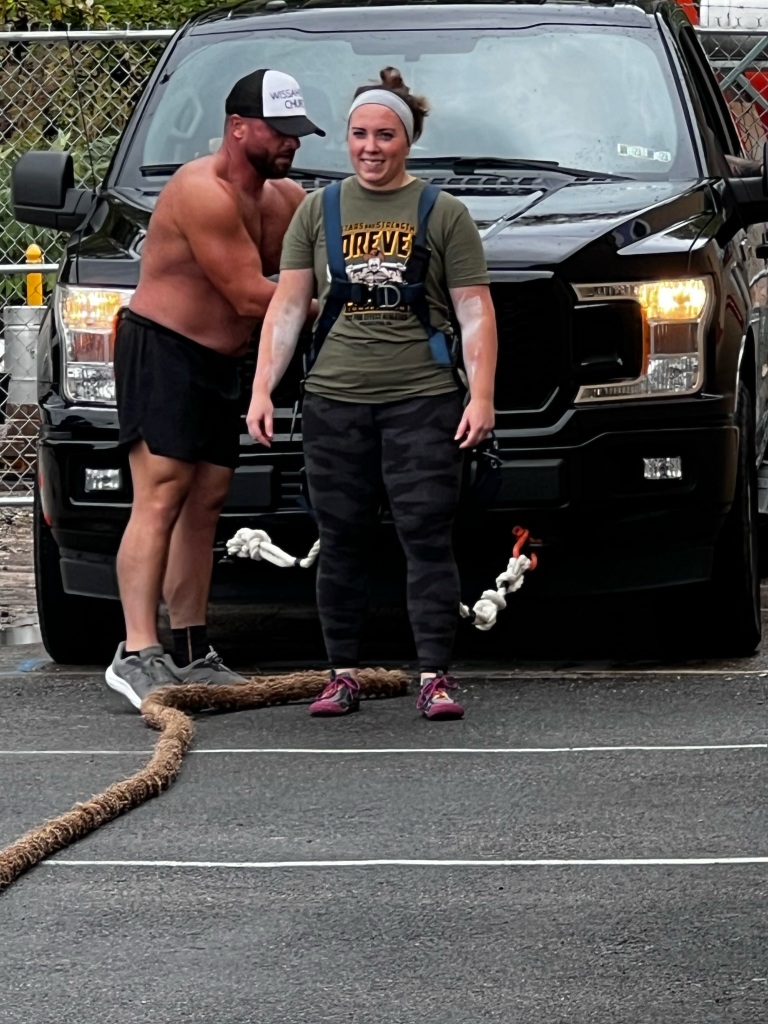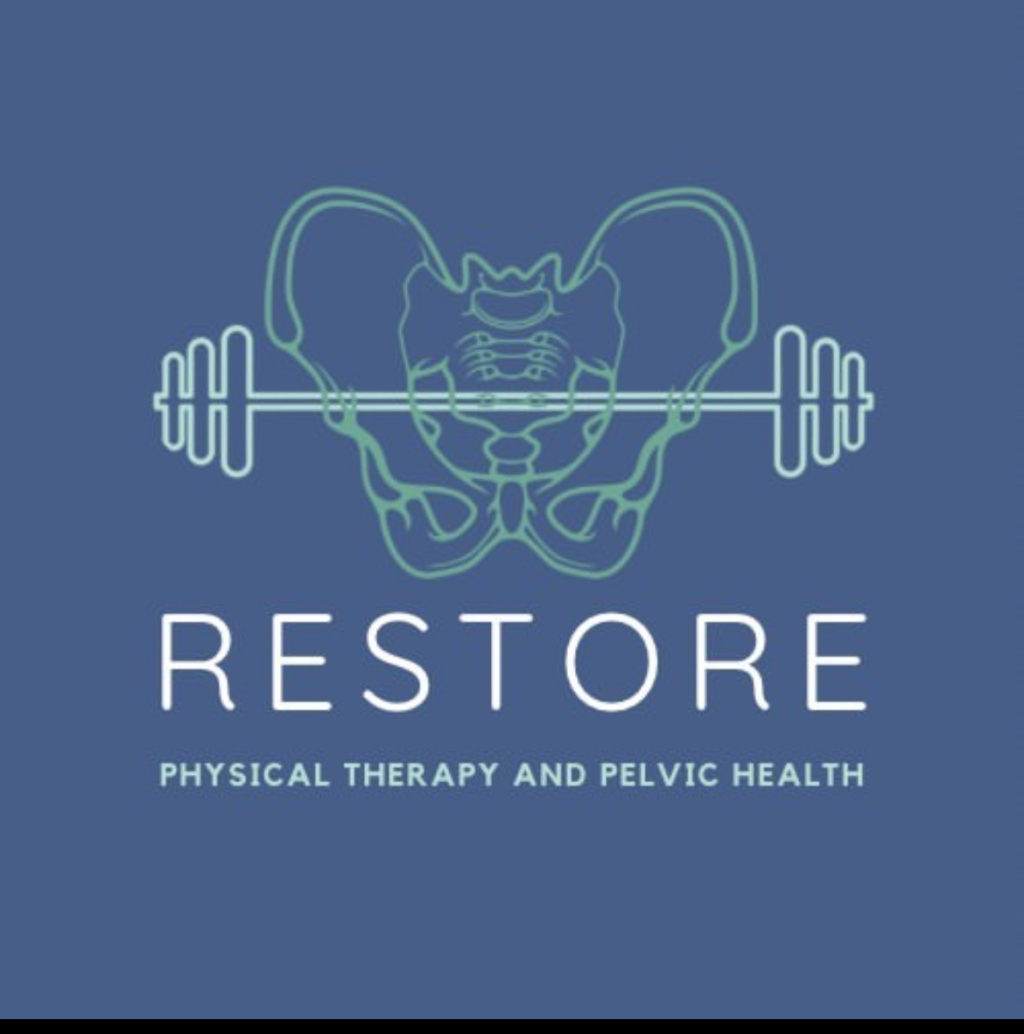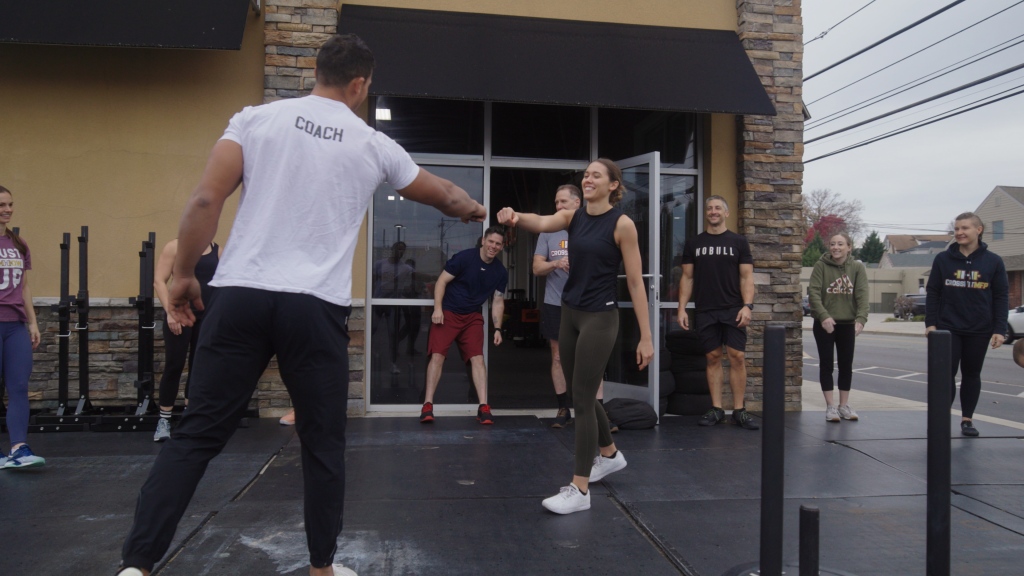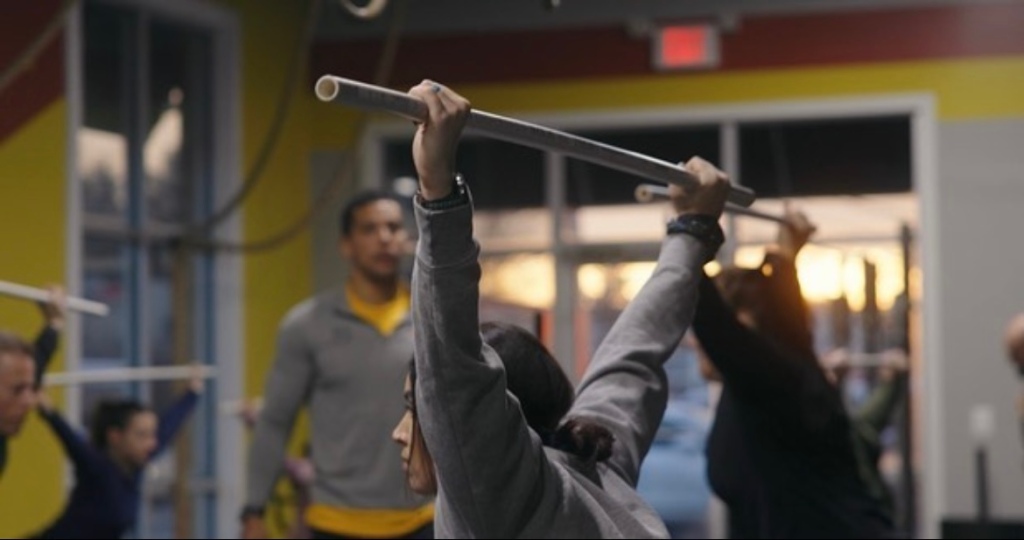Forward from Coach Marco:
Although this might seem surprising, I’ve been curious to understand the pelvic floor for years. It might not be mainstream for a male in the fitness and health industry to express interest in the pelvic floor, but I’ve grown to brush insecurities aside. Why am I so committed to expanding and evolving my pelvic floor knowledge? Well, pelvic floor health is an essential component of physical, mental, emotional, and spiritual health. You cannot ignore the floor. Instead, I encourage everyone to restore it and explore its infinite potential.
I first began to shift my awareness to the pelvic floor through my practices in yoga. Ancient Yogic philosophy and practices emphasize the power of the “Bandhas,” also known as energetic locks. I was taught that the Bandhas are responsible for storing and efficiently moving energy (prana) throughout the body to be manifested into the universe. Three out of the six Bandhas are perfectly aligned vertically in the body. Interestingly, two out of three are located within the lower half of the body.

The first and most essential Banda is the “Root Lock” – also known as Mulabandha. To access this energetic lock, I was taught to contract and stabilize the pelvic floor muscles. I was instantly intrigued and curious because most of my life, I had no awareness of these muscles and their functionality. I quickly learned that when you do learn to feel them, you will instantly know they’re at work, it suddenly clicks. However, this was just the tip of the pelvic floor iceberg, and I knew I had much more to learn.
I became more invested in learning about the pelvic floor in my early years as a CrossFit coach. Since CrossFit is so inclusive, accessible, and scalable, you work with people of all different backgrounds, levels, ages, and abilities. With that said young 19-year-old Marco was not adequately prepared to work with everyone – specifically mothers. I remember coaching the 9:00 AM class with a handful of mothers in attendance. I would always allocate sufficient time for bathroom breaks, especially if the workout contained any rapid jumping or landing.
As I look back at my younger self, I recall scratching my head, maybe rolling my eyes… perhaps even making comments I now regret. At the time, I had no idea that this was due to pelvic floor dysfunction post-pregnancy. Looking back at your former self is not always easy and I wish I knew then what I know today. I could have been a much more supportive, impactful, and educational coach to help these clients.
Now, as I have grown and evolved, I have developed my awareness of the pelvic region in a variety of ways (it’s okay to think that sounds awkward). This journey has involved integrating strength, stability, and awareness of the pelvic floor for both women and men. I also began to dive deeper into the spiritual energy and importance of our Root Chakra.
Most importantly, I began to deepen my knowledge by working with a special individual – Dr. Victoria Clement, who can answer all my questions about pelvic floor health and longevity. Sure, my curiosity may be weird to some, but we all need to deepen our roots (literally) to the powers of the pelvic floor.

Article written by Dr. Victoria Clement

Many people think it is a “badge of honor” to pee or even poop yourself after a heavy lift or high – intensity event. Some go as far as to say, “You didn’t lift your heaviest if a mop and bucket didn’t follow you off of the stage.” That is simply not true. In fact, it is a sign of weakness, instability, and pelvic floor dysfunction. No worries though, you can have your cake and eat it too!
What athletes do not realize is that pelvic floor dysfunction usually boils down to two major issues: pressure management (or breathing) and hip/pelvic stabilizer weakness. Let’s dive in:
In the pelvic health world, the best way to protect your pelvic floor is to “exhale on exertion.” Furthermore, this would be from bottom to top of both a deadlift and squat. This would also be any time you press or pull to ensure that you are putting pressure equally through your system during the hardest part of the movement.

The caveat to the breathing piece is that many athletes are taught to do a Valsalva maneuver (a technique like holding your breath) when they are lifting. This is totally fine to protect the spine! However, most people do the Valsalva breathing in a way that puts ALL their intra-abdominal pressure on the pelvic floor. What people really need to focus on is breathing into the lats/side rib cage more and thinking of filling up a can/cylinder (trunk and pelvis) equally.
Most people we see in our clinic have a tight pelvic floor because of compensation for weakness in the lower muscular chain, core, and lower back. When those pelvic floor muscles are tight, they cannot contract effectively to prevent urine and bowel leakage. Also, tight pelvic floor muscles interfere with the delicate balance of the ball and socket joint of the hip. The femur bone gets shoved forward, creating more tension in the hips, SI joint, and back. Combine that with hip flexor, inner thigh, and glute weakness and an athlete can easily be injured under a heavy load.

How do we prevent it? Lengthen the pelvic floor and make sure your hips are equally balanced in strength! Not sure where to start? Check-in with a pelvic floor physical therapist who looks at the whole picture and has ample experience working with athletes.
Personally, I have been there. I know what it is like to run to the bathroom during a high-impact exercise class or avoid a WOD entirely due to fear of exacerbating my lower back and pelvic pain. Pelvic floor physical therapy changed my life to the point where I have no pain or leaking whatsoever. Recently, I had the confidence to compete in a strongman competition with no physical complications. If you are struggling like I did, don’t! There is a village to get you through it.

Learn all about Dr. Victoria Clement here: www.restorethefloorpt.com






Leave a comment